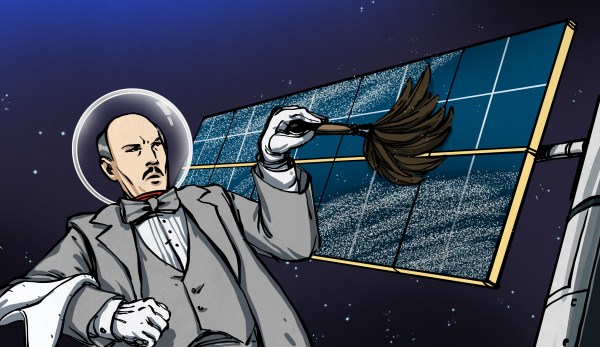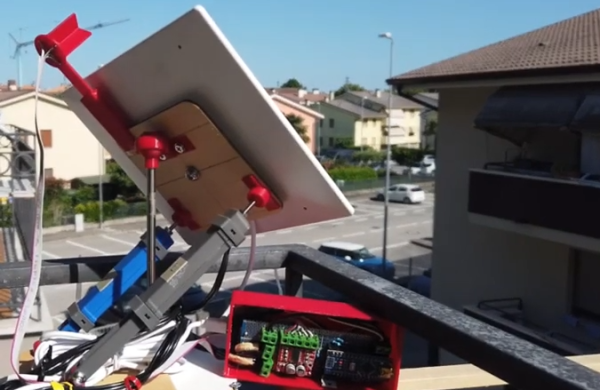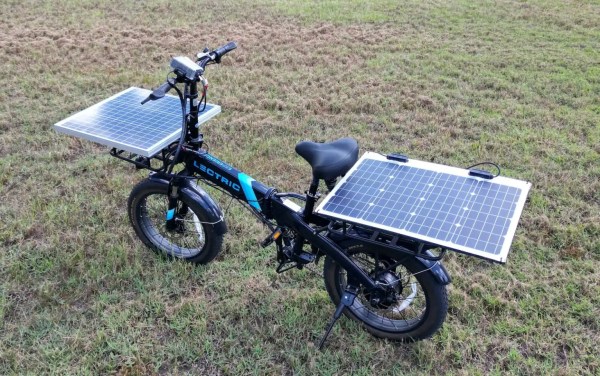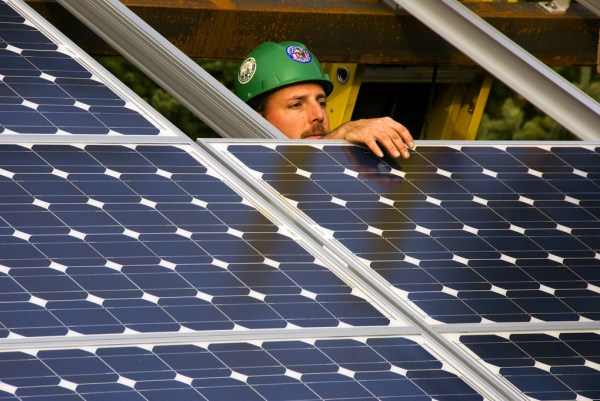A prerequisite for photovoltaic (PV) and concentrated solar power (CSP) technologies to work efficiently is as direct an exposure to the electromagnetic radiation from the sun as possible. Since dust and similar particulates are excellent at blocking the parts of the EM spectrum that determine their efficiency, keeping the panels and mirrors free from the build-up of dust, lichen, bird droppings and other perks of planetary life is a daily task for solar farm operators. Generally cleaning the panels and mirrors involves having trucks drive around with a large water tank to pressure wash the dirt off, but the use of so much water is problematic in many regions.
Keeping PV panels clean is also a consideration on other planets than Earth. So far multiple Mars rovers and landers have found their demise at the hands of Martian dust after a layer covered their PV panels, and Moon dust (lunar regolith) is little better. Despite repeated suggestions by the peanut gallery to install wipers, blowers or similar dust removal techniques, keeping particulates from sticking to a surface is not as easy an engineering challenge as it may seem, even before considering details such as the scaling issues between a singular robot on Mars versus millions of panels and mirrors on Earth.
There has been research into the use of the electrostatic effect to repel dust, but is there a method that can keep both solar-powered robots on Mars and solar farms on Earth clean and sparkling, rather than soiled and dark?
Continue reading “Giving Solar Power’s Mortal Enemies A Dusting Without Wasting Water”

















